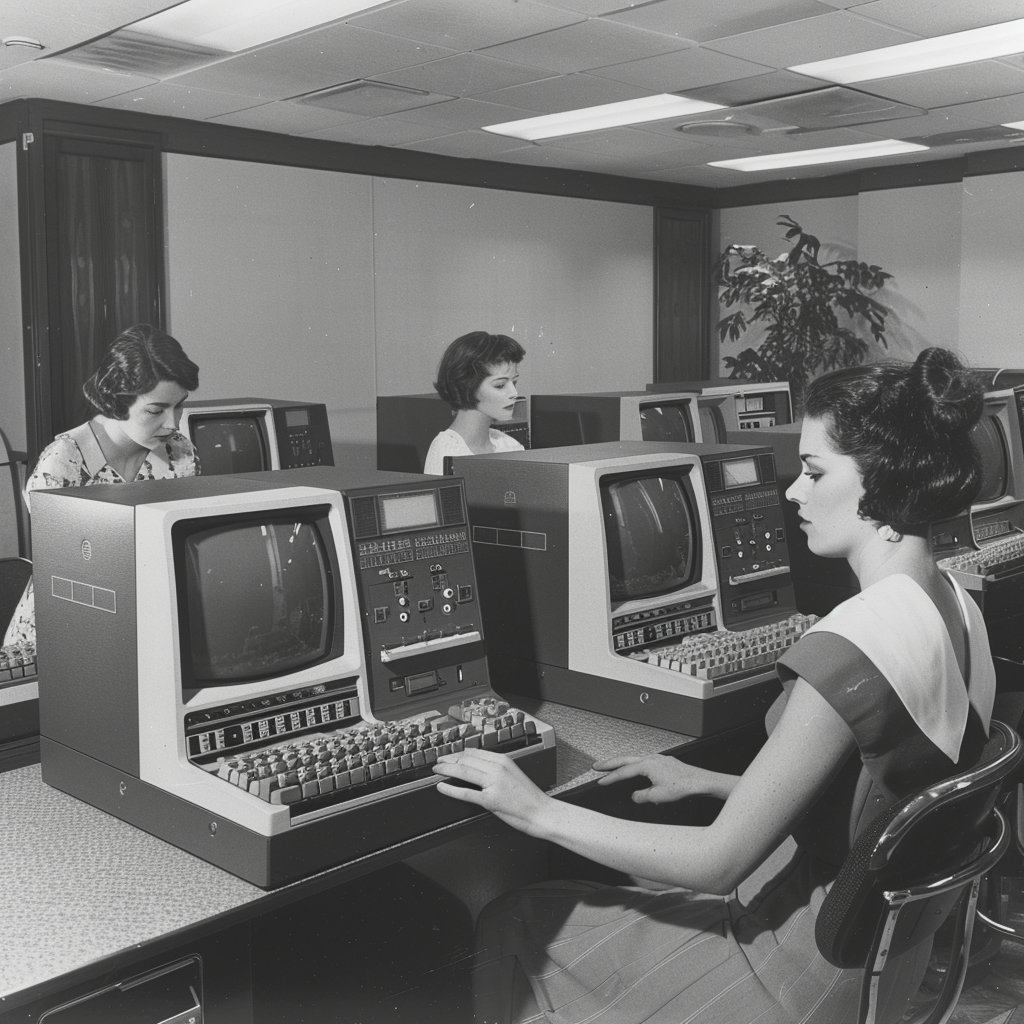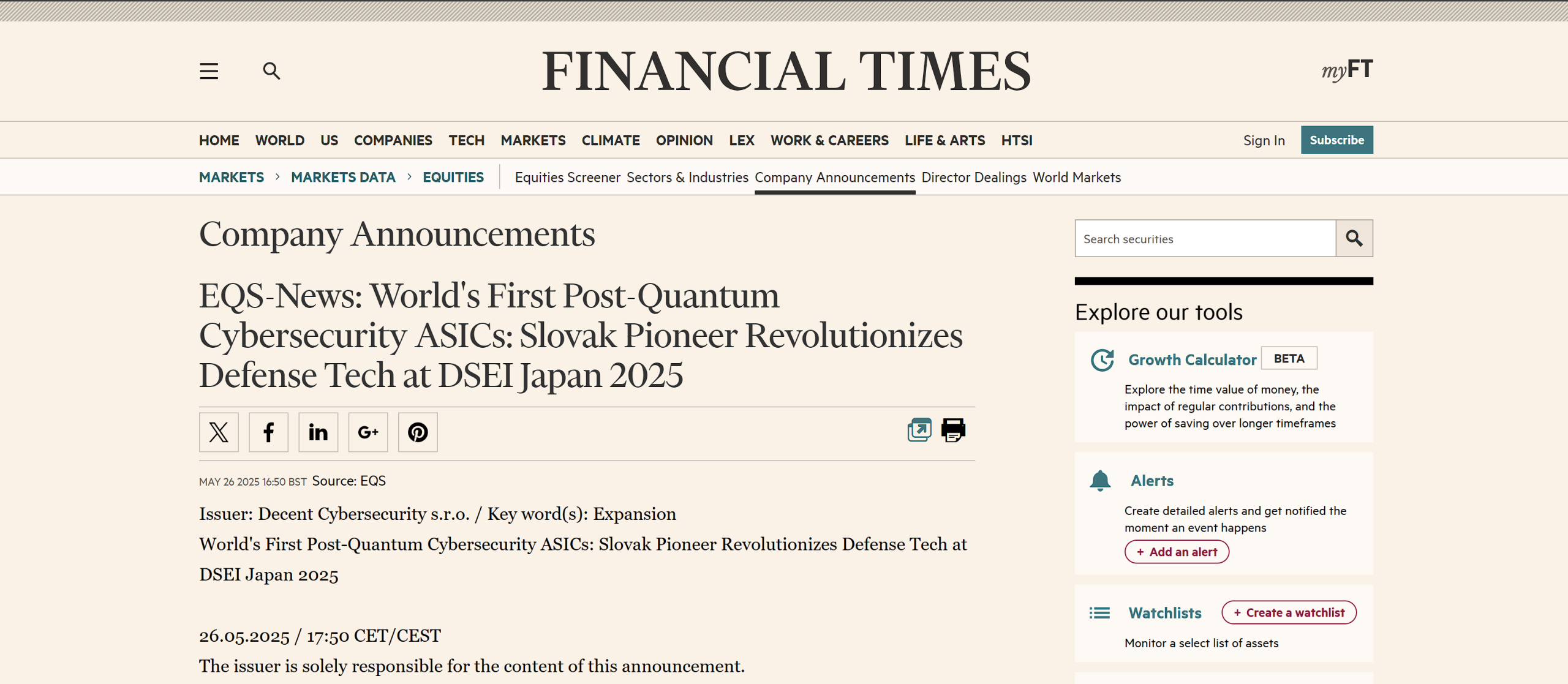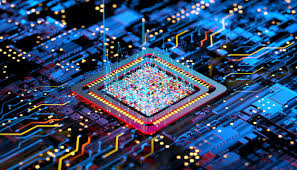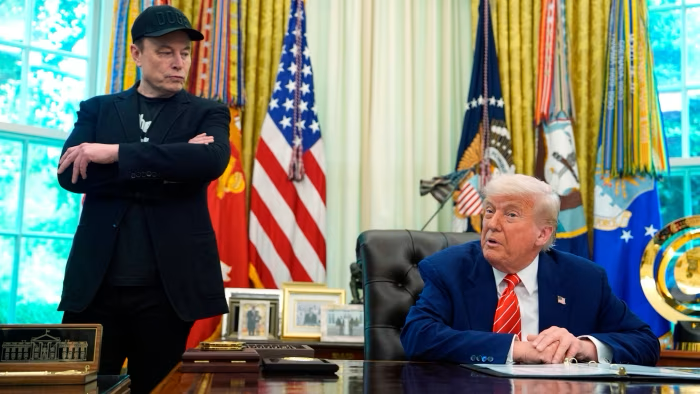In the digital age, the concept of a bit as the fundamental unit of information in computing is familiar to many. Representing a binary state of 0 or 1, bits are the building blocks of the digital world, enabling the encoding, storage, and processing of data. However, as we venture into the quantum realm, a new protagonist emerges: the qubit. This quantum bit introduces a paradigm shift in how we perceive and manipulate information, heralding a new era of quantum computing.
The Classical Bit: A Pillar of Digital Computing
A bit, short for binary digit, is the smallest unit of data in computing and digital communications. Its binary nature means it can exist in one of two states: 0 or 1. This simplicity is the foundation of classical computing, where bits are used to perform calculations and store information. Whether it’s the text you read, the videos you watch, or the complex simulations performed by supercomputers, at their core, they are all manipulations of vast arrays of bits.
The Quantum Qubit: A Leap into Superposition and Entanglement
Enter the qubit, the cornerstone of quantum computing. Unlike its classical counterpart, a qubit can exist not only in the states of 0 or 1 but also in any superposition of these states. This means a qubit can represent 0, 1, or both simultaneously, a phenomenon made possible by the principle of quantum superposition. Furthermore, qubits can be entangled, a unique quantum property where the state of one qubit is directly related to the state of another, regardless of the distance separating them. This interconnectedness allows for a level of complexity and computational power unattainable by classical bits.
The Power of Superposition
The superposition of qubits is what gives quantum computers their potential edge. While a classical computer with n bits can be in any one of 2^n possible states at any time, a quantum computer with n qubits can be in all of these 2^n states simultaneously. This ability to process a multitude of possibilities at once opens the door to solving certain types of problems much more efficiently than classical computers can.
Entanglement: A Quantum Symphony
Entanglement further distinguishes qubits from bits. When qubits become entangled, the state of one (whether it’s observed or not) instantaneously affects the state of the other, a phenomenon that Einstein famously referred to as “spooky action at a distance.” This property is pivotal for quantum computing, enabling a level of synchronization and parallelism that is simply not possible with classical bits.
Bridging Two Worlds
The transition from bits to qubits does not render classical computing obsolete but rather complements it. Quantum computers are not suited for all types of tasks; they excel in areas such as cryptography, complex system simulation, and optimization problems where their quantum properties can be fully leveraged. For everyday computing tasks, classical bits and the computers that use them remain indispensable.
Real-World Example: Quantum Computing in Pharmaceutical Research
One of the most promising applications of qubits is in the field of pharmaceutical research. Traditional computers, operating on bits, can simulate molecular interactions to a certain extent. However, the complexity and the sheer number of possible interactions in larger molecules make it a daunting task. Quantum computers, leveraging qubits, excel in this area due to their ability to represent and process vast amounts of data simultaneously.
For instance, consider the process of drug discovery for treating complex diseases like Alzheimer’s. The traditional approach requires screening thousands of molecules to identify potential drug candidates, a process that can take years and is incredibly resource-intensive. Quantum computing, powered by qubits, can drastically reduce this time by accurately simulating the behavior of molecules at a quantum level, identifying promising candidates much more efficiently.
This quantum advantage stems from the qubit’s ability to exist in multiple states simultaneously, thanks to superposition. When entangled, qubits can correlate their states in ways that bits cannot, allowing for the simultaneous exploration of multiple molecular interactions. This capability not only accelerates the drug discovery process but also opens up new avenues for understanding complex biological mechanisms that were previously beyond our computational reach.
The Impact on Encryption and Cybersecurity
Another area where the distinction between bits and qubits becomes starkly evident is in encryption and cybersecurity. Classical encryption methods rely on the computational difficulty of certain mathematical problems. For example, RSA encryption, a staple of internet security, is based on the challenge of factoring large prime numbers, a task that is manageable for bits at a certain scale.
Enter the qubit and quantum computing: algorithms like Shor’s algorithm can factor these large numbers exponentially faster than any classical method, rendering traditional encryption vulnerable. This quantum leap in processing power necessitates a reevaluation of our cybersecurity strategies, pushing the development of quantum-resistant encryption methods that can safeguard data against the prowess of qubits.
The Road Ahead
The journey from bits to qubits is not without its challenges. Quantum computing is still in its infancy, with researchers worldwide working to overcome significant technical hurdles, such as error rates and qubit stability. However, the potential rewards promise to be game-changing, offering solutions to problems that are currently intractable.
In conclusion, while bits have been the backbone of the digital revolution, qubits represent the next frontier in computing. As we continue to explore the quantum realm, the distinction between bits and qubits not only highlights the leaps we have made in our understanding of the universe but also points to the boundless possibilities that lie ahead.







